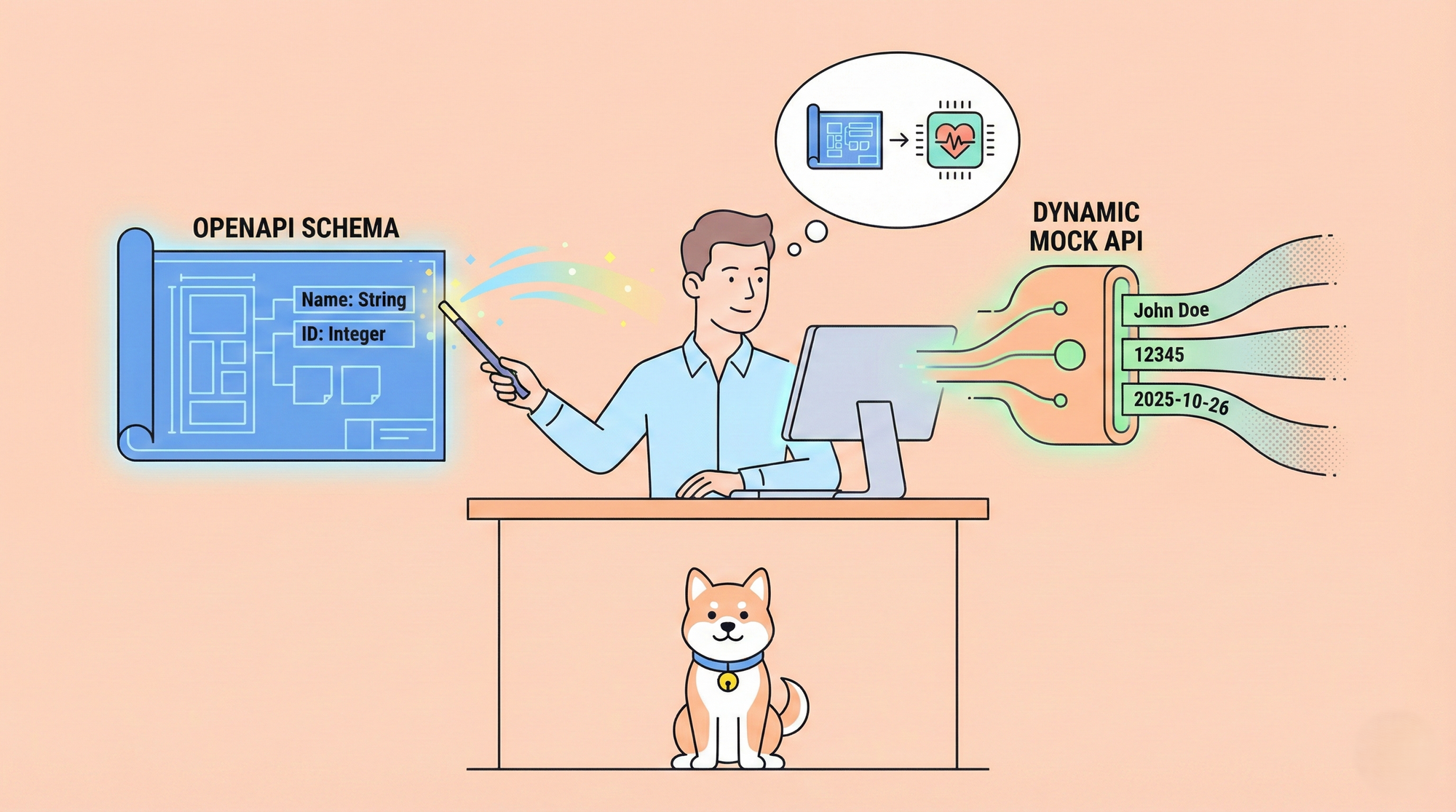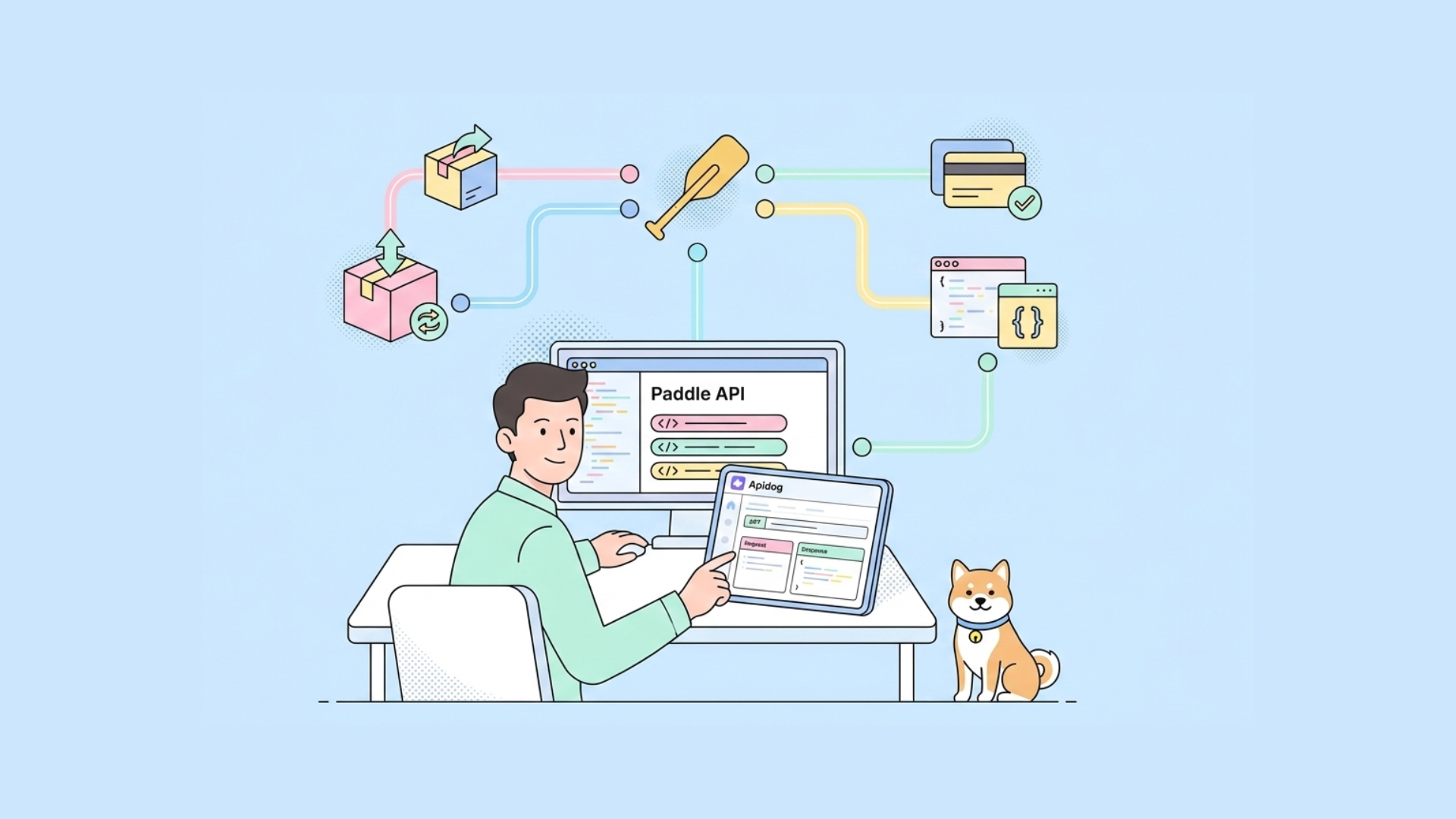In today's fast-paced world of software development, efficiency and speed are key. If you've ever found yourself spending hours setting up and configuring a database API, you know just how valuable it would be to get it done in minutes instead. In this blog post, we'll walk you through the steps to set up a database API quickly and effortlessly.
What is API vs SQL?
APIs, or Application Programming Interfaces, have become the heroes of our digital age. They act as bridges, connecting software applications and allowing them to communicate, share data, and function in an integrated manner.
API (Application Programming Interface):
- An API is a set of rules and protocols that allows different software applications to communicate and interact with each other.
- APIs define how software components should interact, making it easier for developers to integrate different services and functionalities into their applications.
- APIs can be used for various purposes, such as retrieving data from a web server, sending data to a remote server, accessing hardware components, or interacting with third-party services.
- APIs are often used for building web applications, mobile apps, and other software that needs to interact with external systems or services.
SQL (Structured Query Language):
- SQL is a specialized programming language used for managing and querying relational databases.
- It is used to perform operations on data stored in a relational database, such as retrieving data, inserting new records, updating existing records, and deleting records.
- SQL allows developers and database administrators to define, manipulate, and query data in a structured and organized way.
- Common SQL operations include SELECT (retrieving data), INSERT (adding new data), UPDATE (modifying existing data), and DELETE (removing data).
- SQL is essential for working with relational database management systems (RDBMS) like MySQL, PostgreSQL, Oracle, and Microsoft SQL Server.
Different Types of Databases and Examples
An "Databases " is not a standard term in the field of software development or database management.
Relational Databases (RDBMS):
- Description: These databases are based on the relational model, where data is stored in tables (relations) and can be accessed or reassembled in many different ways without reorganizing the tables.
- Examples: MySQL, PostgreSQL, Oracle, Microsoft SQL Server.
- Uses: Widely used in banking systems, customer relationship management systems, and anywhere structured data must be managed.
NoSQL Databases:
- Description: NoSQL databases are non-relational databases that can store and retrieve data without creating tables (relations) for the data. NoSQL databases utilize document-oriented, column-oriented, graph-based, and other methods to store data in the database.
- Examples: MongoDB (document-oriented), Cassandra (column-oriented), Redis (key-value store), and Neo4j (graph-based).
- Uses: Suitable for big data applications, real-time web apps, and situations where data structures are not fixed.
Network Databases:
- Description: Data is organized more flexibly than hierarchical databases, allowing for many-to-many relationships.
- Examples: Integrated Data Store (IDS).
- Uses: Suitable for applications where multiple member records share the same owner record.
Cloud Databases:
- Description: Databases that run on cloud platforms offering scalability and flexibility.
- Examples: Amazon RDS, Google Cloud SQL.
- Uses: Ideal for businesses that want to reduce infrastructure costs and scale seamlessly.
Merging Two Worlds: API-Database Connectivity
The real magic happens when APIs and databases come together. Connecting APIs to databases means that applications can fetch, manipulate, and store data in real-time. This connection ensures that users get the most updated information, and applications can provide dynamic content based on user interactions and preferences.
Evolution of API-Database Integration
Long ago, getting apps to communicate with data storage locations was hard. The place where data was kept was like a big box, and each app had to be made right to work with it. To fetch or store data, you had to write lots of instructions.
With new tools and listening to feedback, connecting apps to data places became much easier. Everything became more flexible. Apps could handle many users and become more secure. Tools like Apidog made this even easier. Now, developers can focus on bigger and more advanced features and not worry about data handling.
What is Apidog?
Apidog is a comprehensive set of tools that connects the entire API lifecycle. It helps in making apps talk to each other. Apidog makes things easier by giving clear and simple tools for developers. It's more than just a tool; it's like a whole support system that knows what developers need and helps them out.

Making Things Easy with Apidog
Apidog makes tricky stuff simple. Instead of getting lost in techy details, Apidog has a clear way for developers to set up and check their connections. A job that used to take a long time can now be done quickly. With Apidog, linking your app to a database becomes a piece of cake.
Key Features of Apidog's API-Database Integration
- Visual API Testing and Debugging
Apidog simplifies API testing and debugging with a visual interface, providing real-time feedback for error detection and correction. - Automated Testing for Database APIs
Apidog automates database API testing, allowing developers to simulate scenarios, saving time, and ensuring accuracy. - Smart Mock Servers for Database Testing
Apidog's Smart Mock Servers simulate database responses without a real database, aiding development by generating data based on predefined conditions. - Comprehensive API Documentation
Apidog automatically generates detailed API documentation, offering clear instructions for seamless integration and usage.
In essence, Apidog's features are designed to simplify, streamline, and enhance the API development process, ensuring that developers can focus on innovation rather than troubleshooting.
How to Set Up a Database API with Apidog
1. Preparing Your Database for API Integration
- Initial Setup:
Ensure your database server is active and accessible. It might involve checking its status and ensuring it's online.
Verify that you have the necessary credentials (username, password, server address) to access the database.
I have used MySql to create a Database.

- Data Organization:
Structure your data tables and schemas. It involves creating tables, defining relationships, and setting primary and foreign keys.
Index frequently accessed columns for faster query performance.

- Access Permissions:
Set up user roles and permissions. Decide who can read, write, or modify data.
Ensure that the API will have the necessary permissions to fetch and modify data as required.

2. Designing and Debugging Your API with Apidog's Editor
- Accessing the Editor:
Log into your Apidog account and navigate to the visual editor section.
Create a new project for API management easily. I have created a related project with the name API_DATABASE.

Familiarise yourself with the editor's interface. Look for buttons or sections where you can drag and drop elements, input data, and view results.

- Set Up Database Connection in Apidog:
Look for an option to add a new database connection, data source, or similar terminology.

Choose MySQL as the database type.
- Fill in the connection details. I have filled in the details according to my database.
Host: localhost.
Port: Default is 3306 for MySQL.
Username: Apidog_user
Password: your_desired_password (or whatever password you set).
Database: my_Apidog_db

Click on Save to integrate your MySQL database with Apidog.

- API Design: Define your API endpoints. These are specific URLs where your app will send or receive data. Specify each endpoint's type of operation (GET, POST, PUT, DELETE).

Define pre-processor and post-processor for database operations.

- Debugging:
- Use Apidog's built-in tools to test each endpoint. Check if the APIs work as expected.
- If there are errors, the editor will highlight them. Investigate the cause, make necessary corrections, and test again.

3. Testing the API's Interaction with the Database
- Real-Time Testing:
- Run tests to fetch real data. Compare the results with what you expect to ensure accuracy.
- Test data writing or modification operations. Afterward, verify in the database to ensure changes were correctly made.
4. Generating and Publishing Comprehensive Documentation
- Documentation Basics:
- Use Apidog's documentation generation feature to automatically create a guide for your API.
- The documentation should cover all endpoints, data structures, and possible responses.
- Sharing and Maintenance:
- Publish the documentation where your team or external developers can access it.
- As your API evolves, regularly update the documentation to reflect any changes.

This detailed guide will ensure a robust, efficient, well-documented connection between your app and database using Apidog.
Conclusion
In the dynamic landscape of software development, the importance of smooth API-database integration cannot be overstated. Apidog emerges as a pivotal tool, simplifying the intricate task of linking APIs and databases. Its user-friendly interface transforms the often complex app-building process into a more straightforward endeavor.
Embrace Apidog, and you're not just streamlining API-database integration; you're unleashing the potential for creating efficient, secure, and groundbreaking digital solutions that will define the future of software development. It's a powerful asset for modern developers, promising innovation and efficiency in a rapidly evolving digital landscape.



